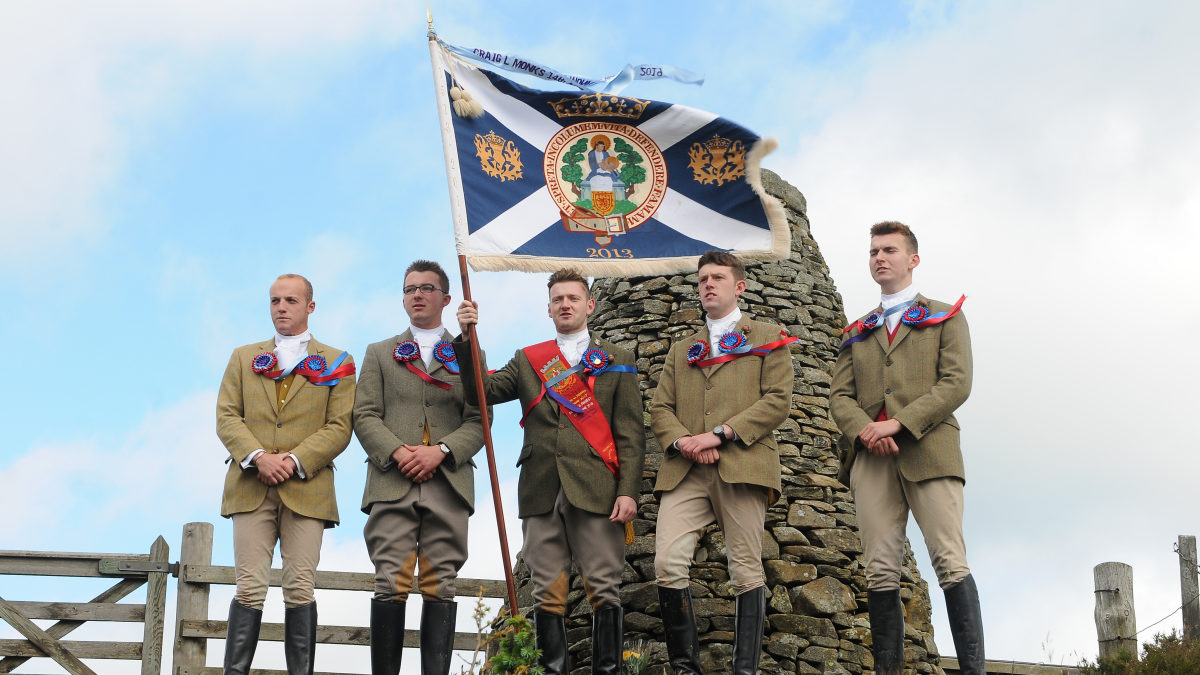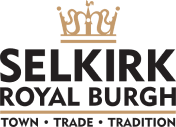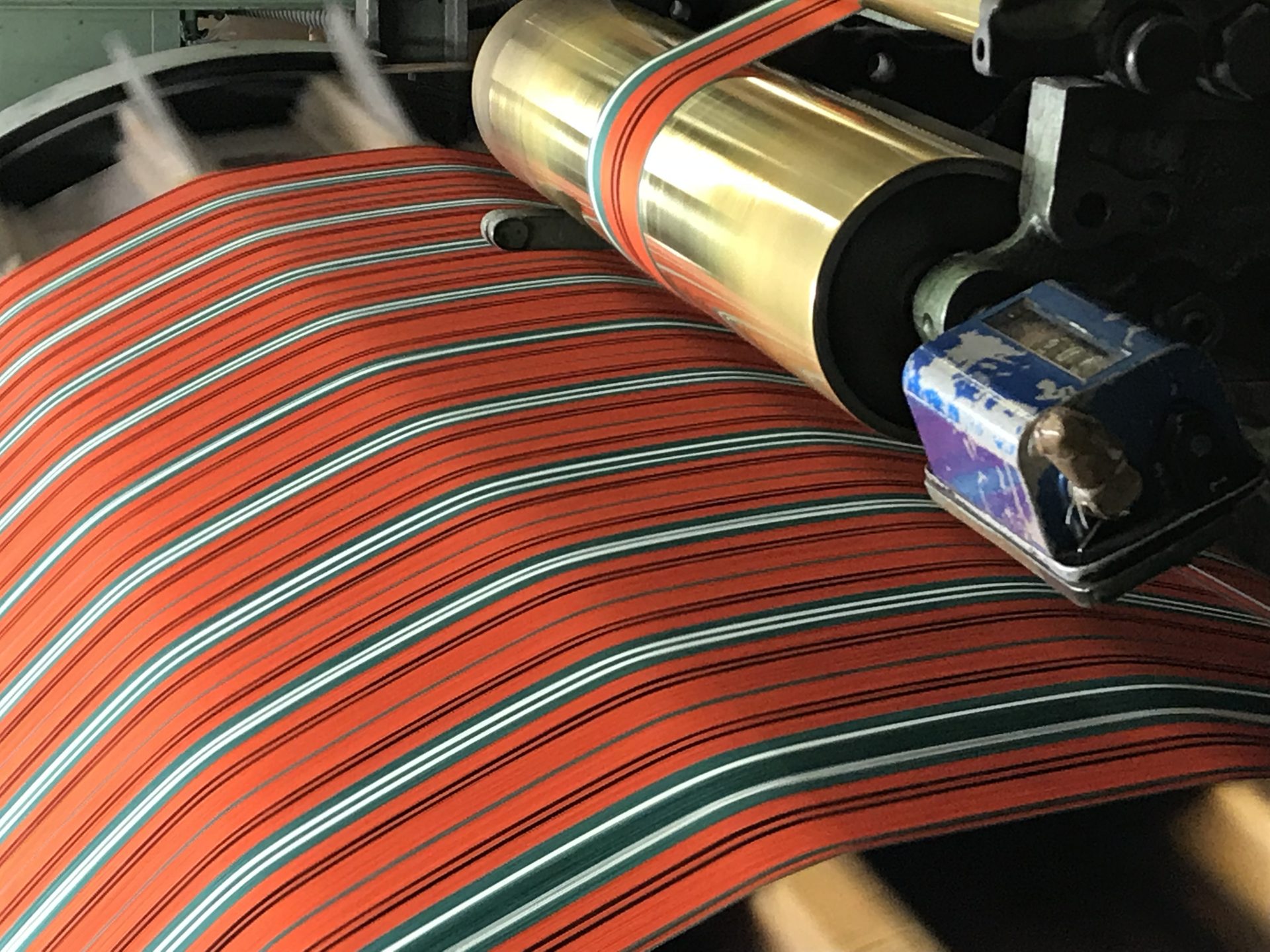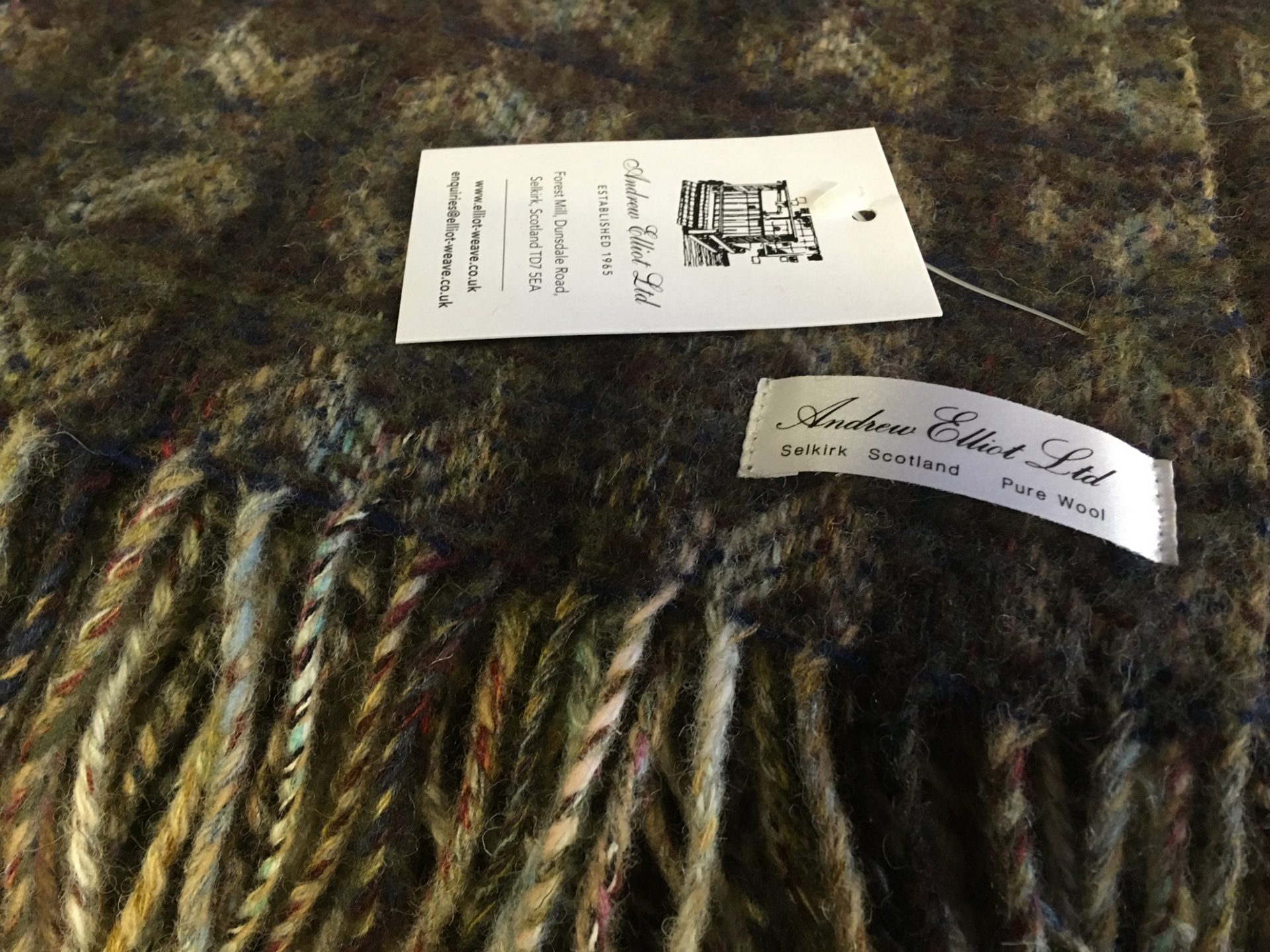

Heritage
A proud town
One of the earliest settlements in the Scottish Borders, Selkirk is one of Scotland’s oldest Royal Burghs. The town’s name means ‘the kirk in the forest’, and it hosted the first Borders abbey, in the 12th Century. At around the same time, Selkirk Castle stood nearby on the top of Peel Hill, serving as a Royal Scottish Court. Selkirk’s historic importance is underlined by its connections with both William Wallace being named as ‘Guardian of Scotland’ here and Sir Walter Scott, who served as sheriff for 33 years.
Set high above the Ettrick and Yarrow Valleys, Selkirk was granted its Royal Burgh status by King James V in 1535-6, in recognition of the role played at the Battle of Flodden by the men of Selkirk. The lands granted were extensive, and the men of Selkirk would constantly have to check them by riding the boundaries. Both Flodden and the boundaries still play vital roles in the world-famous Selkirk Common Riding, commemorating the riding of the marches, while the Casting of the Colours acts as a poignant reminder of 1513’s Battle of Flodden.
Equally the town’s manufacturing traditions of tweed and shoemaking continue with both skills represented by current businesses, while a varied High Street contains a range of modern offerings and a host of leisure pursuits are catered for, including sport, historic walks, cafes and bookshops.
Selkirk Common Riding
Over 400 riders take part in the Selkirk Common Riding, a celebration of the history and traditions of the Royal and Ancient Burgh. It is recognised as one of the oldest of the Border festivals and can be traced back to 1113, when David I gave Selkirk land on which to build an Abbey.
Held on the second Friday after the first Monday in June, Selkirk boasts one of the largest cavalcades of horses and riders in Europe. Selkirk still owns common land to the north and south of the town, although only the northern boundary of Linglie is ridden on the day.
Textile Production
Selkirk is perhaps best known for textiles production, with the first woollen mill, producing yarn established in the 18th century. Dramatic expansion of the industry followed along the valley of the Ettrick Water in the 1800s and by 1869 there were seven mills employing a total of over 1,000 people. The fine stone mill buildings along the river act as a reminder of the industry that once sustained the town.
To this day the production of tartan and textiles proudly continues in the town and visitors can now visit some of the mills such as Lochcarron of Scotland and Andrew Elliot Ltd. Find out more about the mill tours and marvel at the skill and traditions of our local craftsmen and women.
William Wallace
It is believed that the Auld Kirk in Selkirk is the spot where William Wallace, the Scottish patriot, was proclaimed ‘Guardian of Scotland’ in 1298 after his defeat of the English during the Scottish Wars of Independence at Stirling Bridge in 1297. Not a great deal is known about William Wallace’s life, although it seems to be established that he used the Ettrick Forest as a base for raids across the Borders, as part of the Scots rebellion against Edward 1’s invasion of Scotland in 1296. Wallace evaded capture until 1305, when he was delivered up to English soldiers and subsequently executed by Edward 1 at Smithfield in London.













